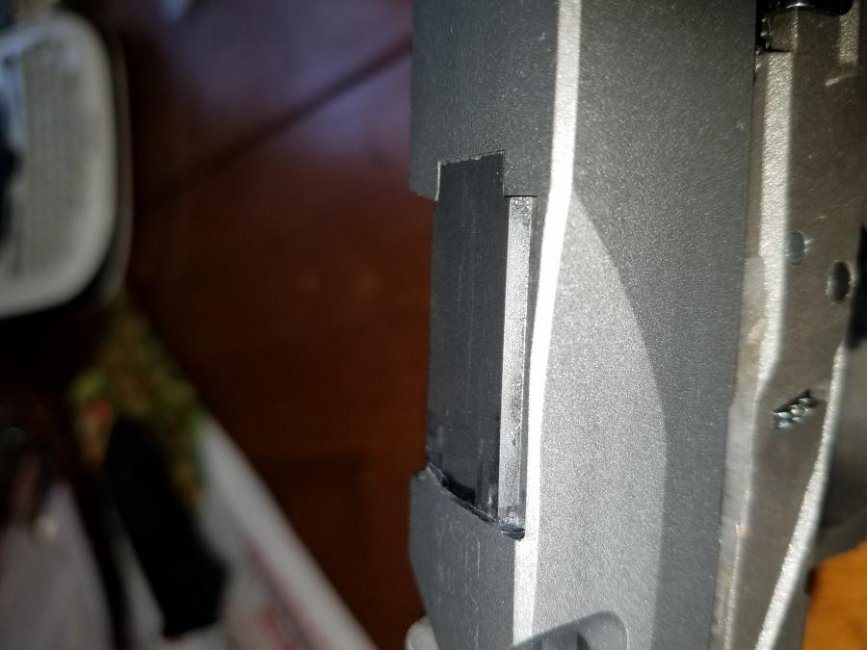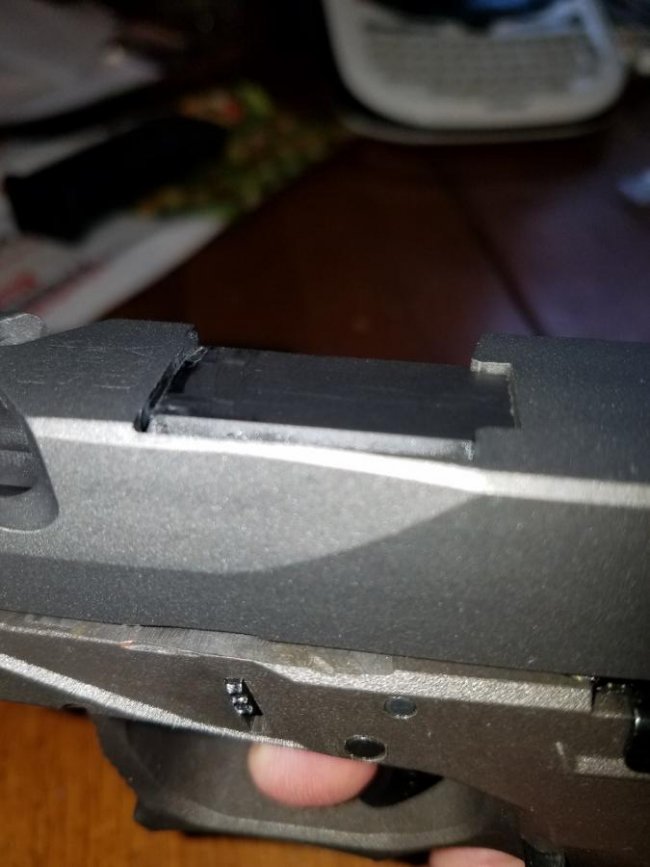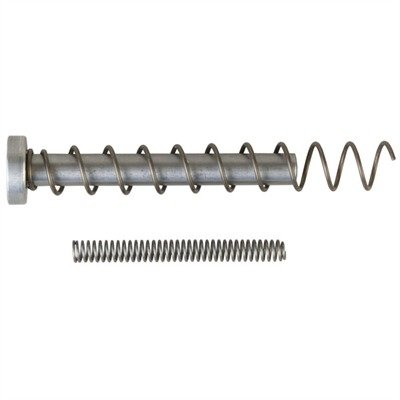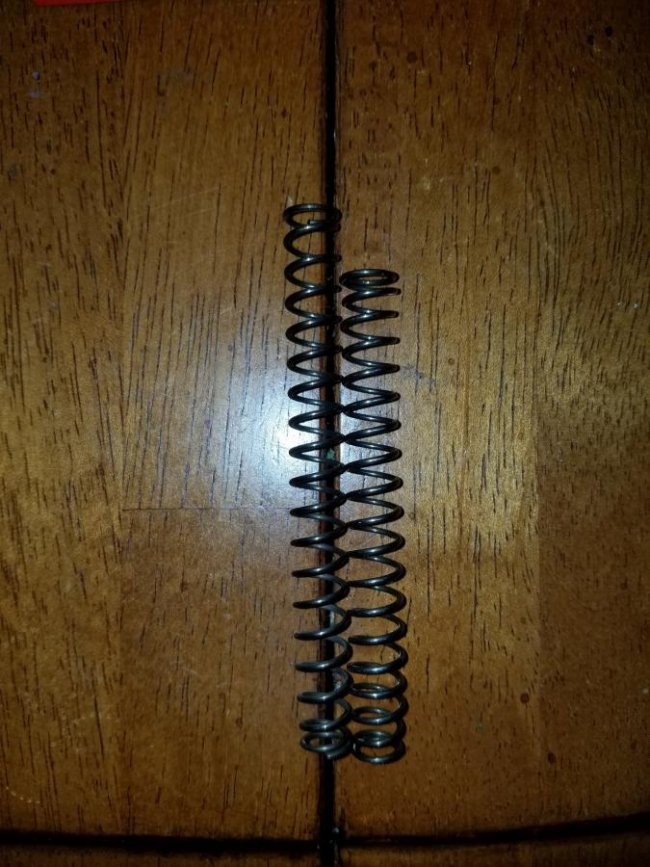Squaregrouper
Kragaphile
I built a P80 G32 and was sending my brass into another zip code. The .357 Sig loads are pretty hot, so I decided to get a stronger recoil spring.
I bought a Wolff, not captured, 22lb spring and guide rod combo and took it to AGC today. I was getting a few light primer strikes and the primer didn't ignite. When I got home, I went ahead and installed the Wolff striker spring and then started playing. This is where it got interesting and I'm stumped...
When I start to squeeze the trigger, the entire slide starts to move rearward and the barrel appears to go out of battery by ~.5-1mm before the trigger fires. I tried this 10-15 times and it happened every time. I put the factory (captured) 17lb spring back in and the slide wouldn't move when I started squeezing the trigger. I put the 22lb Wolff back in and had the same problem again.
Any ideas of what is going on here?
I bought a Wolff, not captured, 22lb spring and guide rod combo and took it to AGC today. I was getting a few light primer strikes and the primer didn't ignite. When I got home, I went ahead and installed the Wolff striker spring and then started playing. This is where it got interesting and I'm stumped...
When I start to squeeze the trigger, the entire slide starts to move rearward and the barrel appears to go out of battery by ~.5-1mm before the trigger fires. I tried this 10-15 times and it happened every time. I put the factory (captured) 17lb spring back in and the slide wouldn't move when I started squeezing the trigger. I put the 22lb Wolff back in and had the same problem again.
Any ideas of what is going on here?






